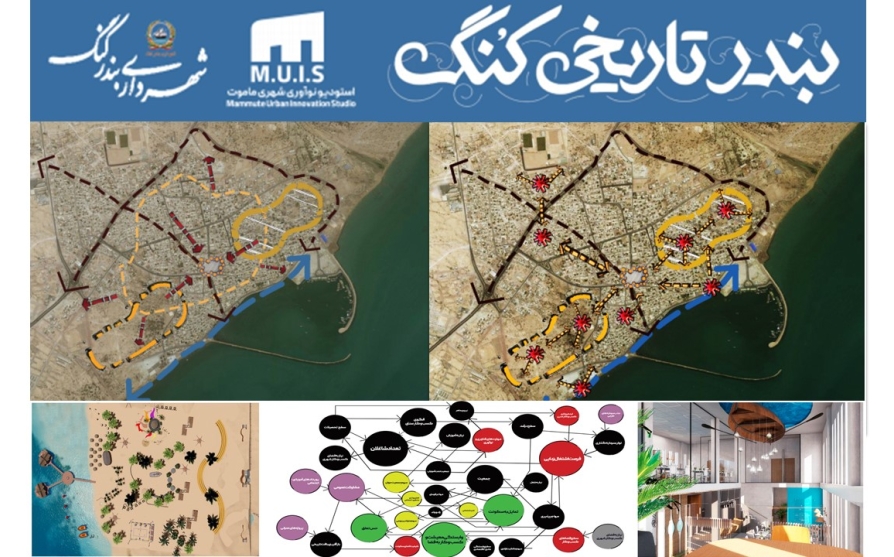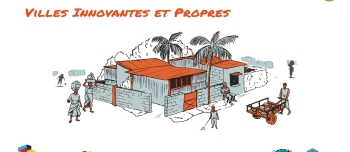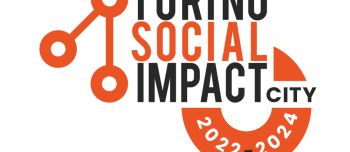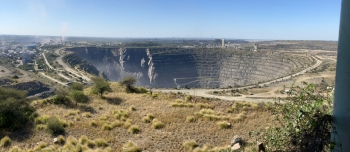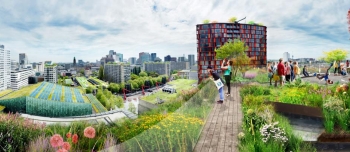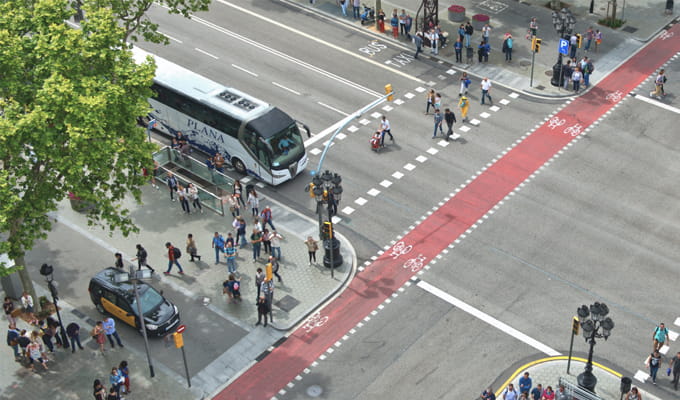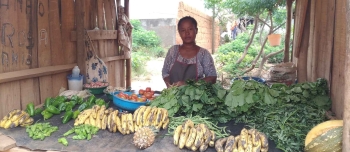The Amayesh Plan (as an innovative urban development plan)
The Amayesh Plan (as an innovative urban development planning) of the Kong Historical Port presents a new approach and methodology of planning in which an innovative process is created to accelerate the urban development process. The goal of this modern approach and planning model is to present a young management thinking pattern that aims to achieve urban development not based on focusing on the distribution and allocation of land uses and public services but on the distribution of creativity and innovation.
In this plan, the level of access to creativity and innovation of the local community determines the pattern of physical growth and the type of social and economic functions.
Therefore, the distribution patterns of creativity and innovation which have been designed based on the social, economic, spatial, and physical assets of urban neighborhoods/communities are recognized as the output that the local government could implement. In another word, in this progressive plan, it is the creativity and innovation of the urban community that is distributed in the context of neighborhoods, is shaped the urban form, and accelerates the movement towards development.
The smart objective of this project is:
" Creating transformation in the urban structure, land uses, and activities of Historical Port of Kong by promoting the efficiency and effectiveness of local businesses up to 25 percent and enhancing the public participation and social power of local actor s' network in six neighborhoods grounded on the Amayesh Plan during five years."
Stage of the project
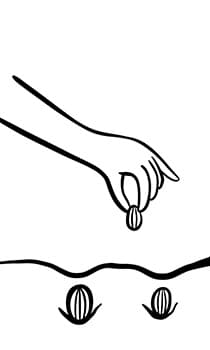
Idea
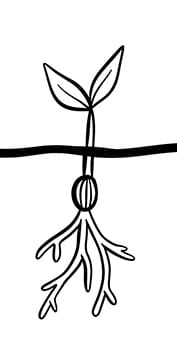
Starting Up
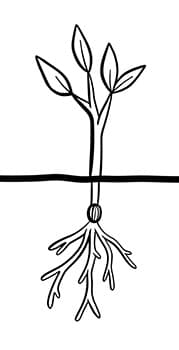
Implementation
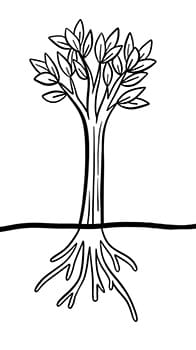
Realised
